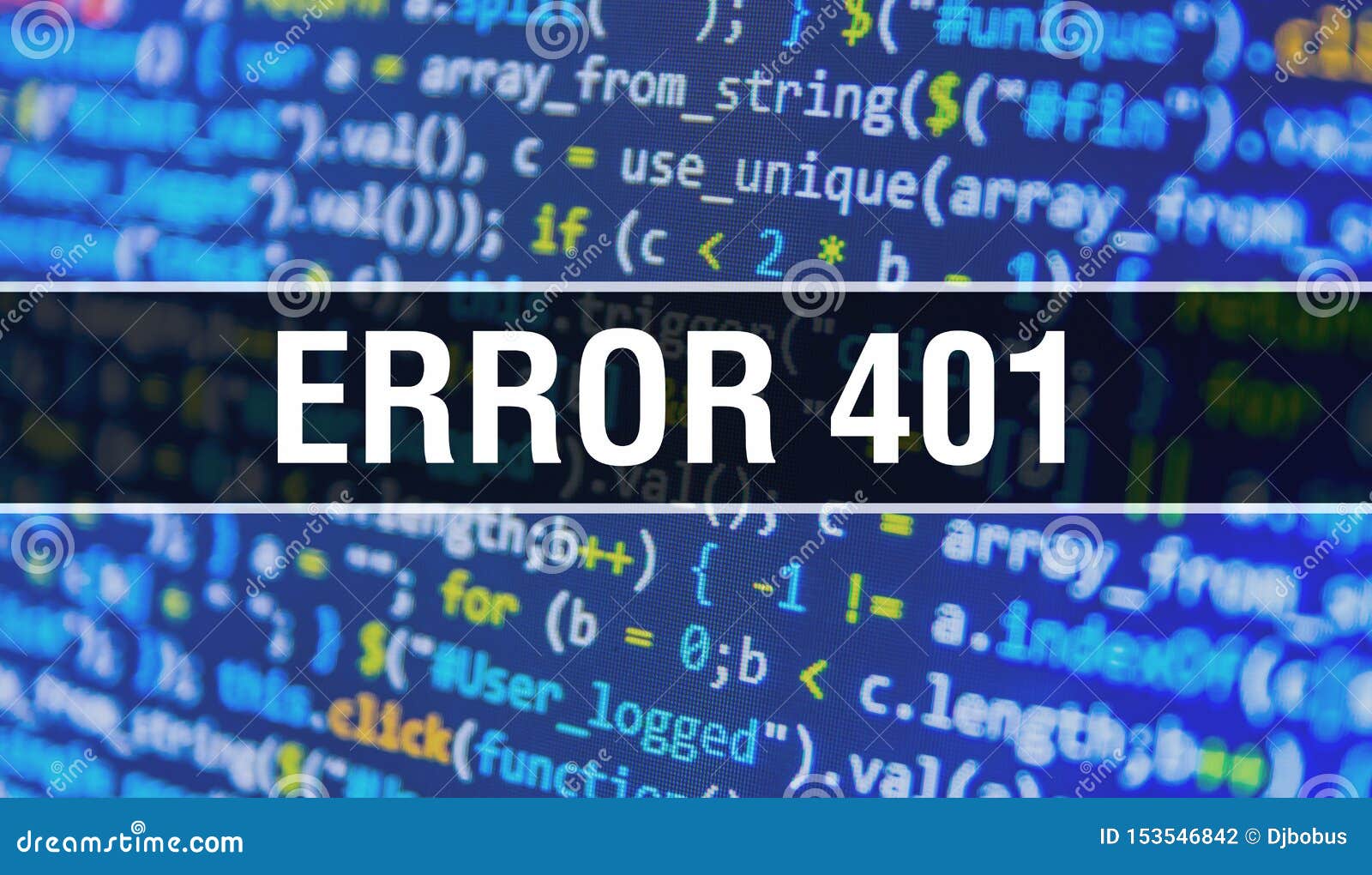

The code is sent via the WWW-Authenticate header, which is responsible for identifying the authentication method used for granting access to a web page or resource. However, unlike with the 403 error, the 401 error message indicates that the authentication process failed. This is similar to HTTP 403 Forbidden Error, in that access isn’t permitted to the user. In most cases, it means that something is either wrong with the credentials or with the browser’s ability to read them as valid.

These errors occur on websites that require a login in order to access them. It will include the phrase “HTTP Error 401” at the bottom, and instruct you to contact the site’s owner if the problem persists: The 401 Error in ChromeĪt other times and in other browsers, you might get a slightly less friendly warning that’s just a blank page with a “401 Authorization Required” message: Nginx 401 Authorization Required error message 401 errors can happen within any browser so the message appearing may differ.įor example, in Chrome or Edge, you’ll likely see a paper icon along with a simple message telling you that the page in question isn’t working. We also try to be at that level with our SaaS tool support.Īs a result, instead of loading the web page, the browser will load an error message. Kinsta spoiled me so bad that I demand that level of service from every provider now.


 0 kommentar(er)
0 kommentar(er)
